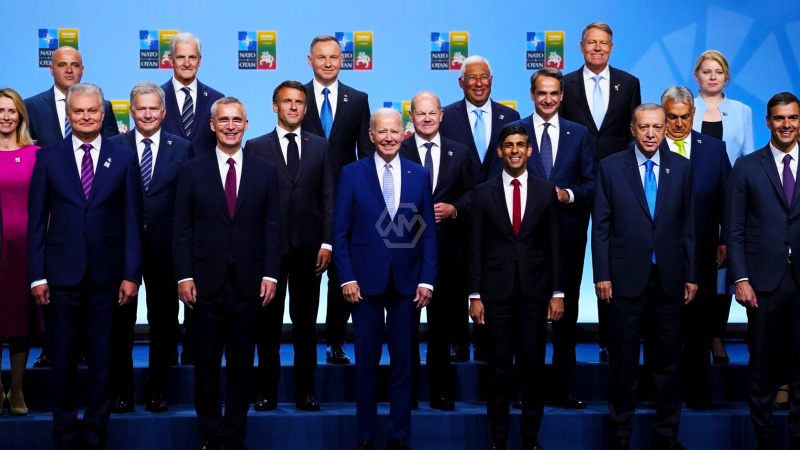The G7 nations are anticipated to approve a security agreement with Ukraine at the Wednesday Nato meeting, but they have not specified when Kyiv will be allowed to join the alliance.
Defense tools, training, and intelligence sharing are all part of the security arrangement. Rishi Sunak, the prime minister of the United Kingdom, said it would send a “strong signal” to Vladimir Putin of Russia.
A Long-term Ukraine security plan
On the eve of the second day of a Nato defense summit, the G7 leaders will sign the declaration in Vilnius. President of the United States Joe Biden proposed a model for Ukraine that was based on his nation’s pact with Israel, which pledged to pay $3.8 billion in military aid annually over ten years.
Contrary to NATO membership, this does not include a commitment to defend the target country in the event of an attack. Nato has outlined a clear path to membership, considerably streamlining the lengthy application procedure.
- G7 to approve security agreement with Ukraine; Kyiv’s accession uncertain.
- Nato membership lacks defense commitment; streamlines application process.
- NATO-Ukraine Council formation concerns Russia’s potential escalated war.
The formation of a new NATO-Ukraine Council, which met for the first time on Wednesday, was also noted by diplomats. Some member states worry that Ukraine’s almost automatic membership may encourage Russia to escalate and prolong the war.
Allies of NATO are hoping that a third round will be forceful and precise enough to convince the Kremlin that continuing its assault would be too expensive.
At the summit, some military aid packages for Ukraine were also disclosed. At a center that will be established in Romania in August, a coalition of 11 nations will begin training Ukrainian pilots to fly F-16 fighter jets built in the US.
To bolster its recently initiated counteroffensive, which aims to retake territory captured by Russia, Ukraine had repeatedly pushed its Western allies to send jets.



